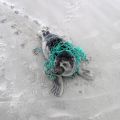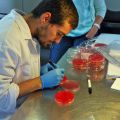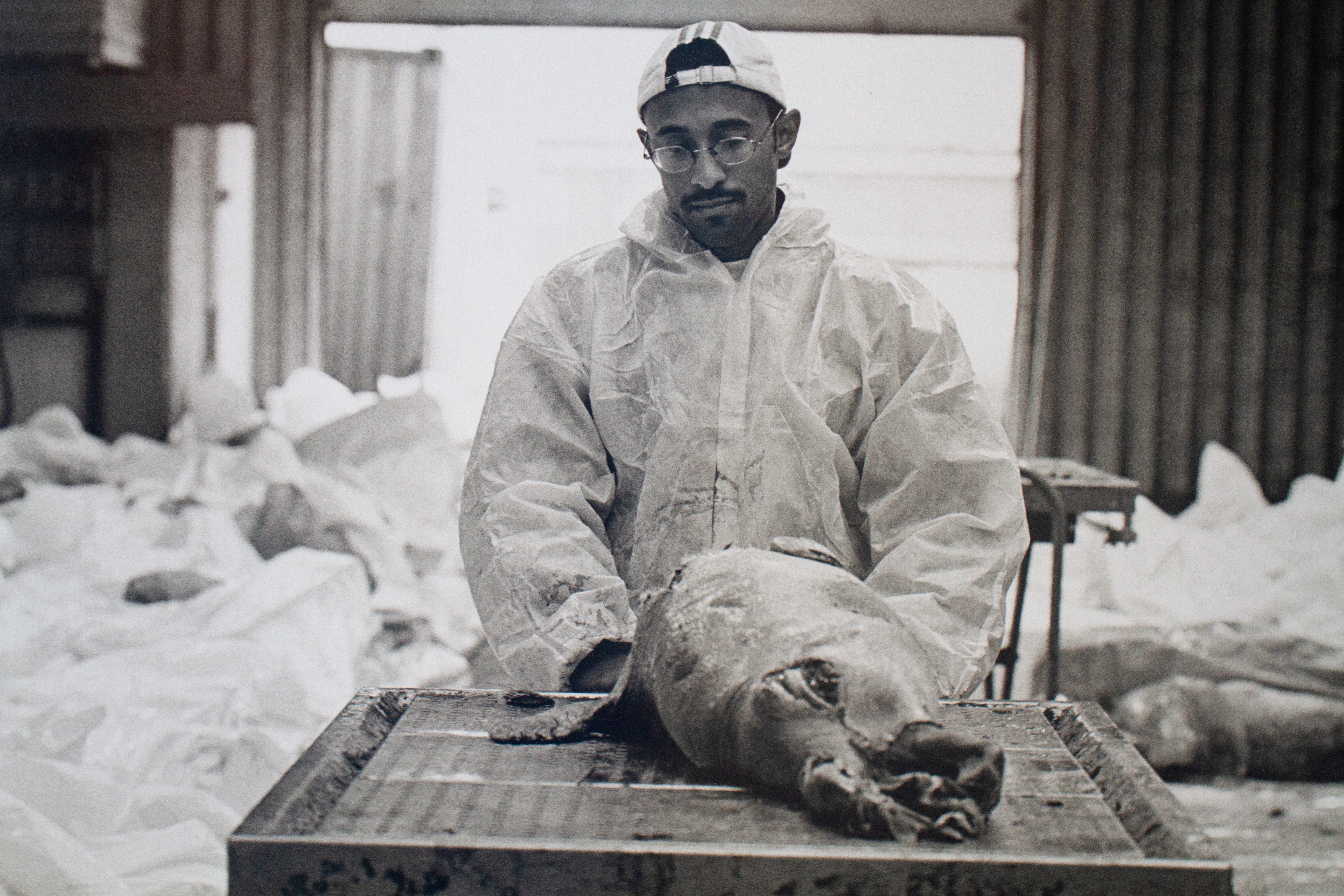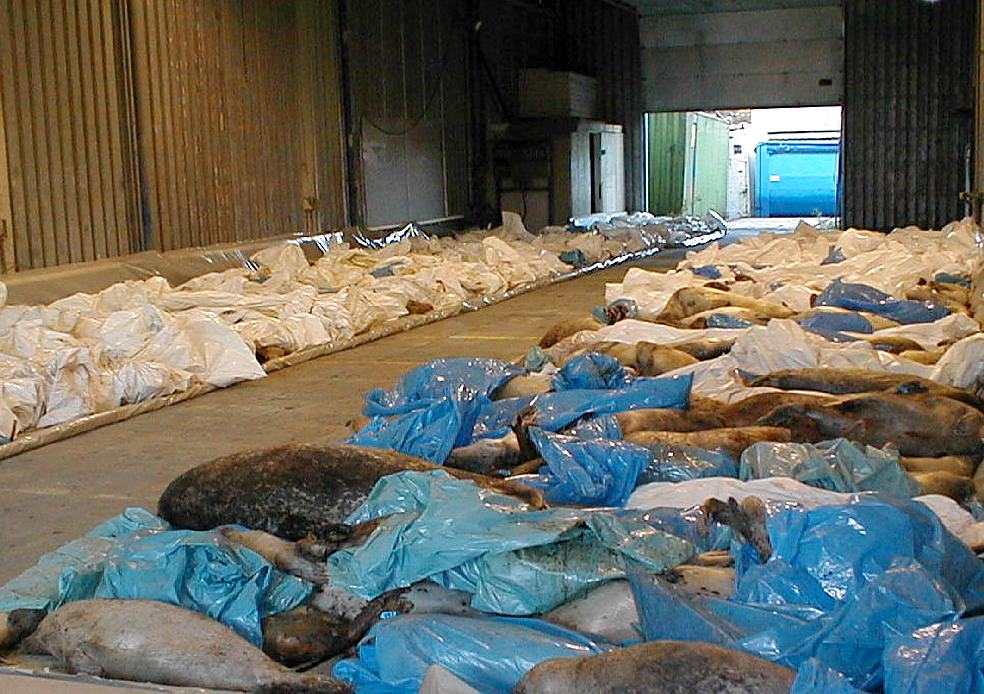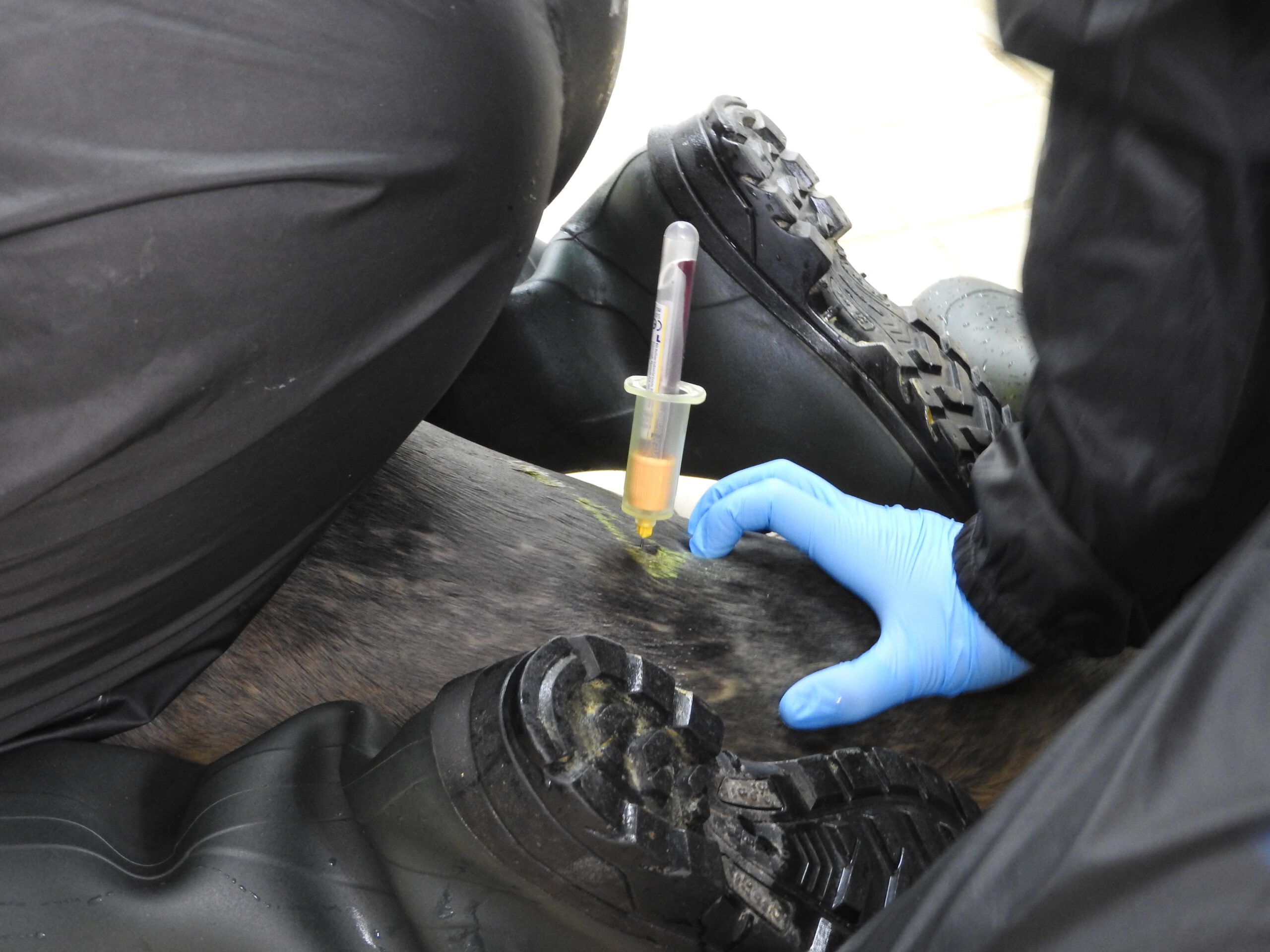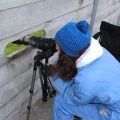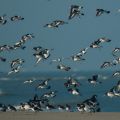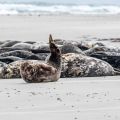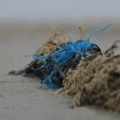The seal virus
Just like humans, seals can get sick from viruses. Some viruses only make seals temporarily ill, but some can be fatal. In the centre, we conduct research into the viruses that seals can carry with them, and — wherever possible — try to fight them.
The seal virus
One of the deadliest viruses is the Phocine Distemper Virus (PDV)This virus, also called the seal virus, is very contagious. It is transmitted when animals come into contact with each other or by virus droplets floating in the air.
Symptoms of the seal virus
When seals are infected, they develop symptoms such as heavy breathing, coughing, fever, and problems with their nervous system. The virus also makes them more sensitive to other infections. Ultimately, PDV can result in death.
Virus outbreak
The seal virus caused a massive number of deaths among seals in 1988, and again in 2002. In 1988, more than half of the Dutch seal population died. Back then, the cause of the deaths was still unknown, so Lenie 't Hart asked virologist Ab Osterhaus to investigate it. That was when he discovered the phocine distemper virus (currently known as the phocine morbillivirus).
In 2002, the virus struck again. And again, almost half of the seals in the Netherlands died. The seals that washed ashore were taken from the beach to a research laboratory in Groningen. More than 1200 dead seals were investigated for the cause of death on behalf of the Seal Centre. After fifteen years, the phocine distemper virus had returned. This means that there is a chance that another outbreak will occur in the future.
Did you know...
It is unknown how common seals (Phoca vitulina) first got the virus. One theory is that the virus comes from another seal species: the harp seal (Pagophilus groenlandicus). The harp seal is a species of seal that lives in the Arctic. There is a chance that these seals already carried the virus and passed it on to common seals.
Finger on the pulse
We think it is important to keep an eye on the seals in the wild. One way we do this, is by taking blood and saliva from every seal we rehabilitate. These samples are analysed by our veterinarians to check for virus particles. This way, we keep an eye on the health of the seal population in the Wadden Sea. It also aids us preparing for a possible new virus outbreak.
Watch a mini documentary below about how we monitor a virus outbreak in the Wadden Sea:
